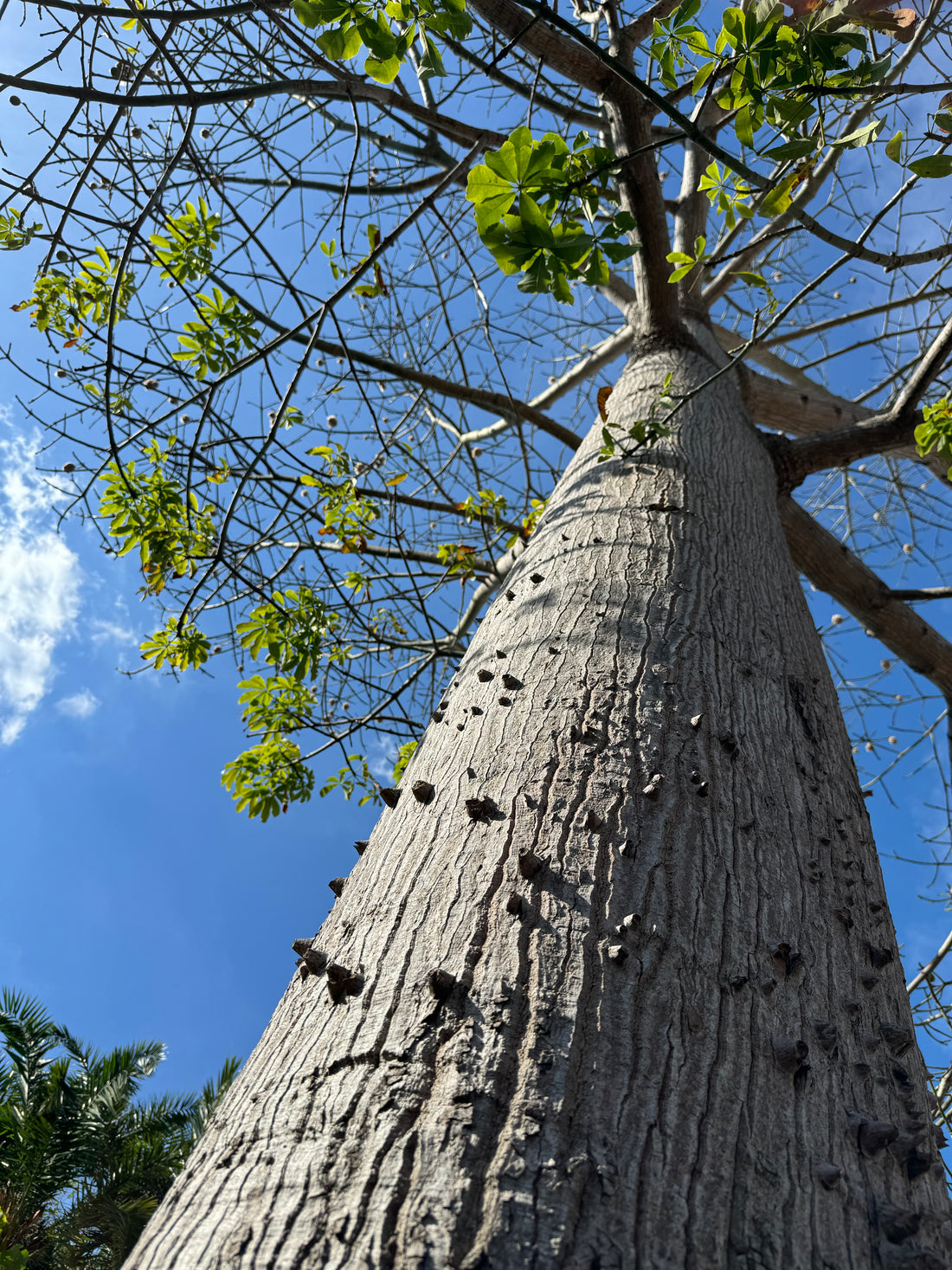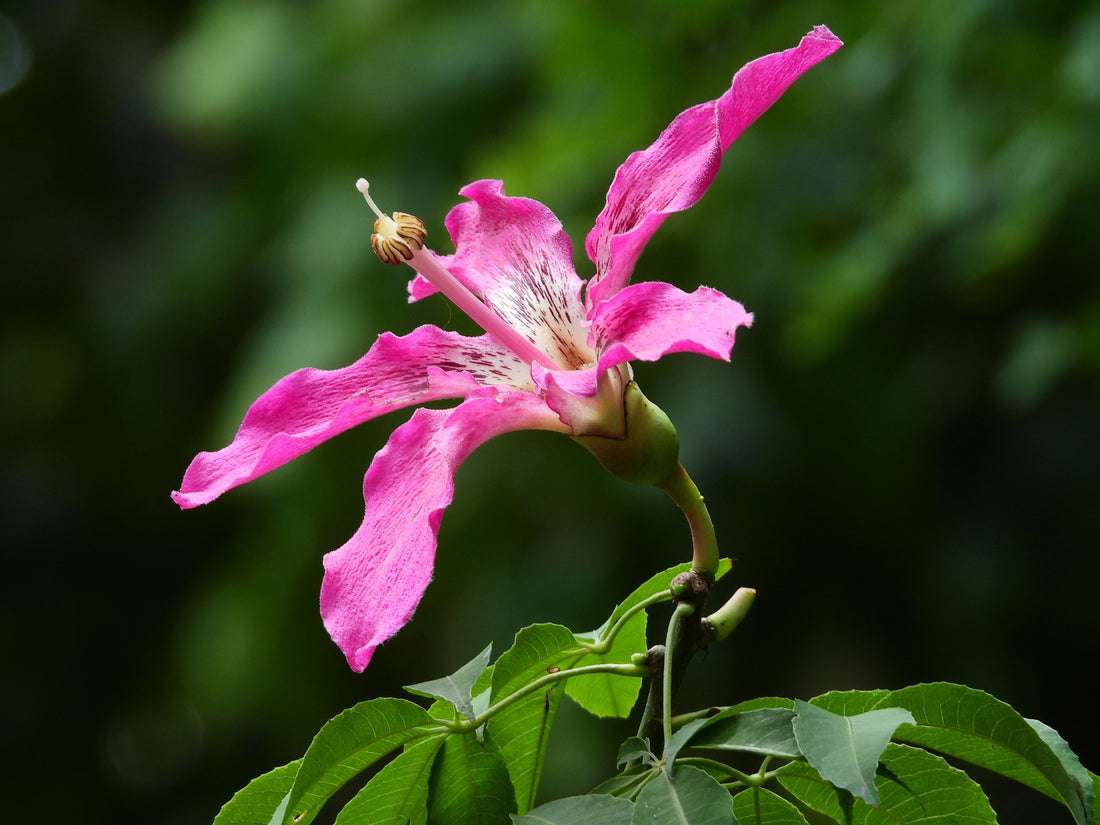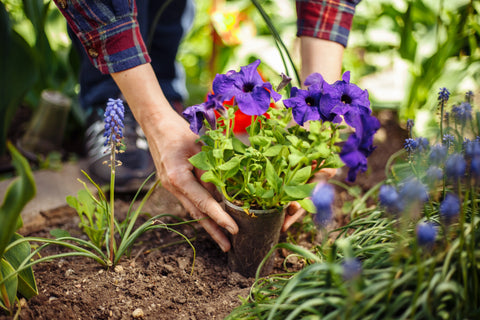1 product
-
Ceiba Speciosa Floss Silk Pink Flowering Tree

 Ceiba Speciosa Floss Silk Pink Flowering TreeLandscape Tree
Ceiba Speciosa Floss Silk Pink Flowering TreeLandscape Tree- Regular price
-
$99.00 $595.00 - Regular price
-
$99.00 - Sale price
-
$99.00 $595.00
Ceiba Speciosa Flowering Tree. The Ceiba speciosa, also known as the floss silk tree or silk-cotton tree, is a large flowering tree native to South America. It is commonly found in countries such as Brazil, Argentina, and Paraguay.
This majestic tree can reach heights of up to 70 feet tall and has a wide spread due to its sprawling branches. Its most distinctive feature is its beautiful flowers that bloom from November to June, creating a stunning display of vibrant colors.
The flowers of the Ceiba speciosa are large and trumpet-shaped, with five petals that come in shades of pink, white, and red. Their delicate fragrance attracts bees and other pollinators, making it an important plant for maintaining biodiversity in its natural habitat.
In addition to its ornamental value, the floss silk tree also has many practical uses. Its fibers are used to make textiles and ropes, while its wood is commonly used for construction due to its strength and durability. The tree's fruit, known as kapok pods, contain a fluffy filling that was traditionally used as stuffing for pillows and mattresses.
In some cultures, the floss silk tree is considered sacred and is often associated with creation and rebirth. Its name comes from the Mayan word "Ceiba," which means "sacred." It is also believed to have medicinal properties, with various parts of the tree being used in traditional remedies for ailments such as fever and respiratory issues.
Despite its many benefits, the floss silk tree is facing threats to its survival. Its natural habitat is being destroyed by deforestation and urbanization, leading to a decline in its population. Efforts are being made to protect and preserve this important tree species, including through the establishment of protected areas and sustainable harvesting practices.
Next time you see a floss silk tree, take a moment to appreciate its beauty and significance. It not only adds to the aesthetic appeal of our surroundings but also plays an important role in our ecosystem and culture. Let's make sure we do our part in ensuring its survival for generations to come.




